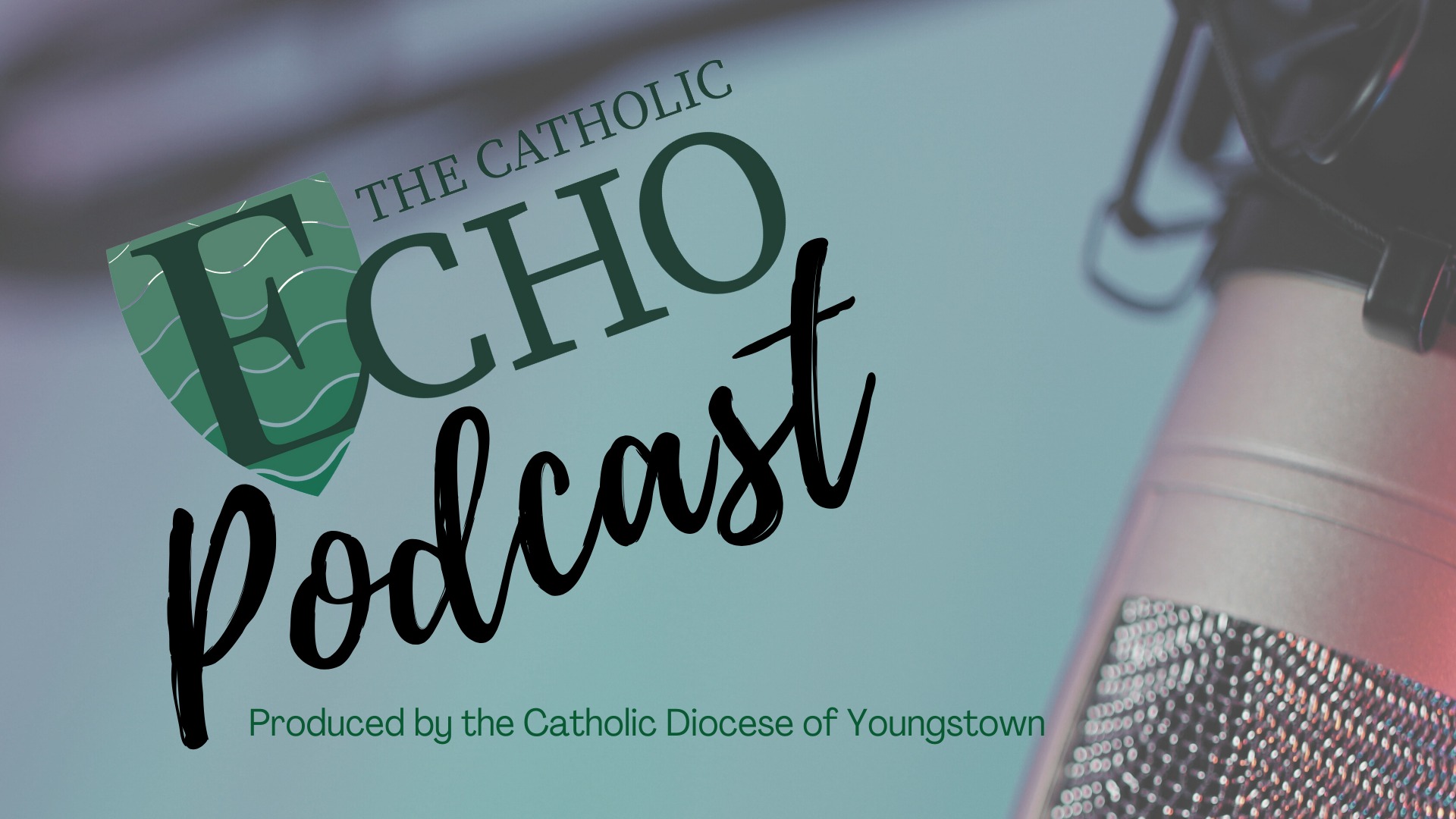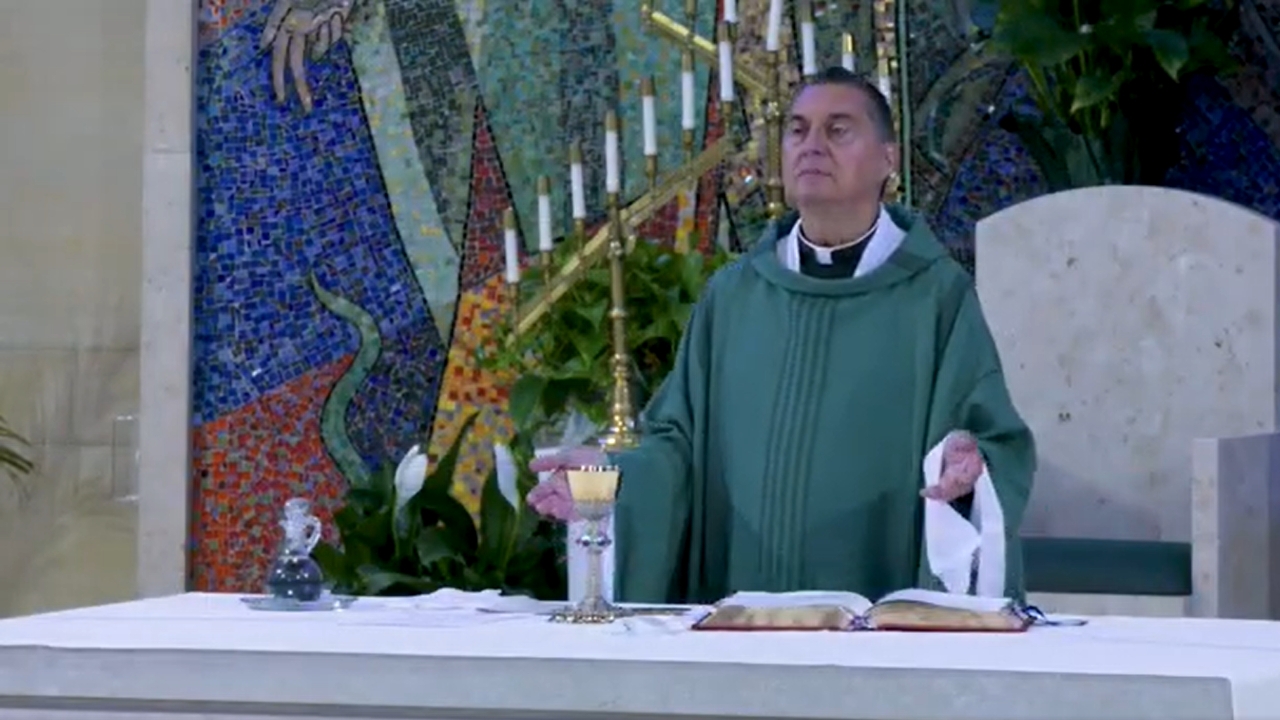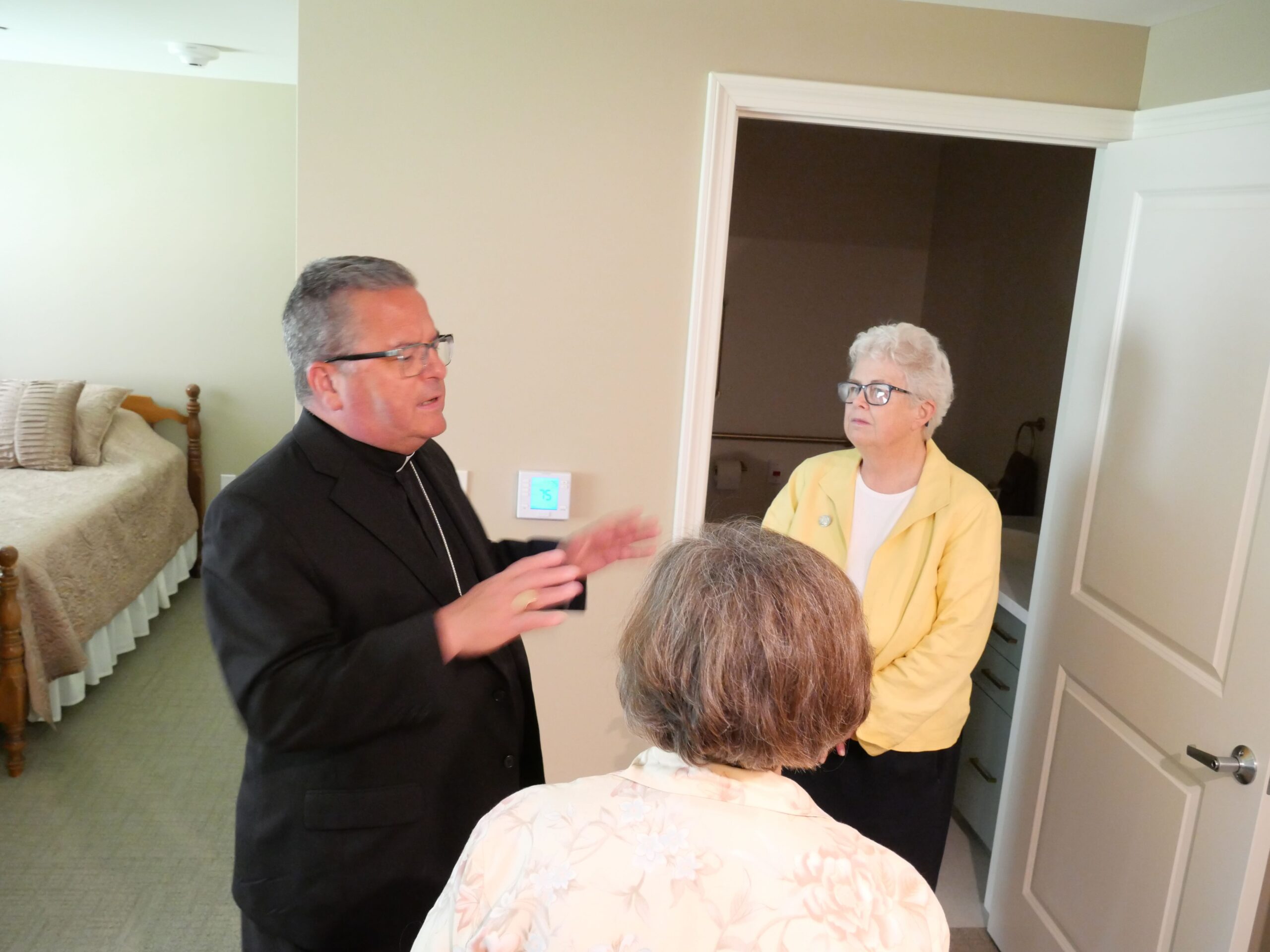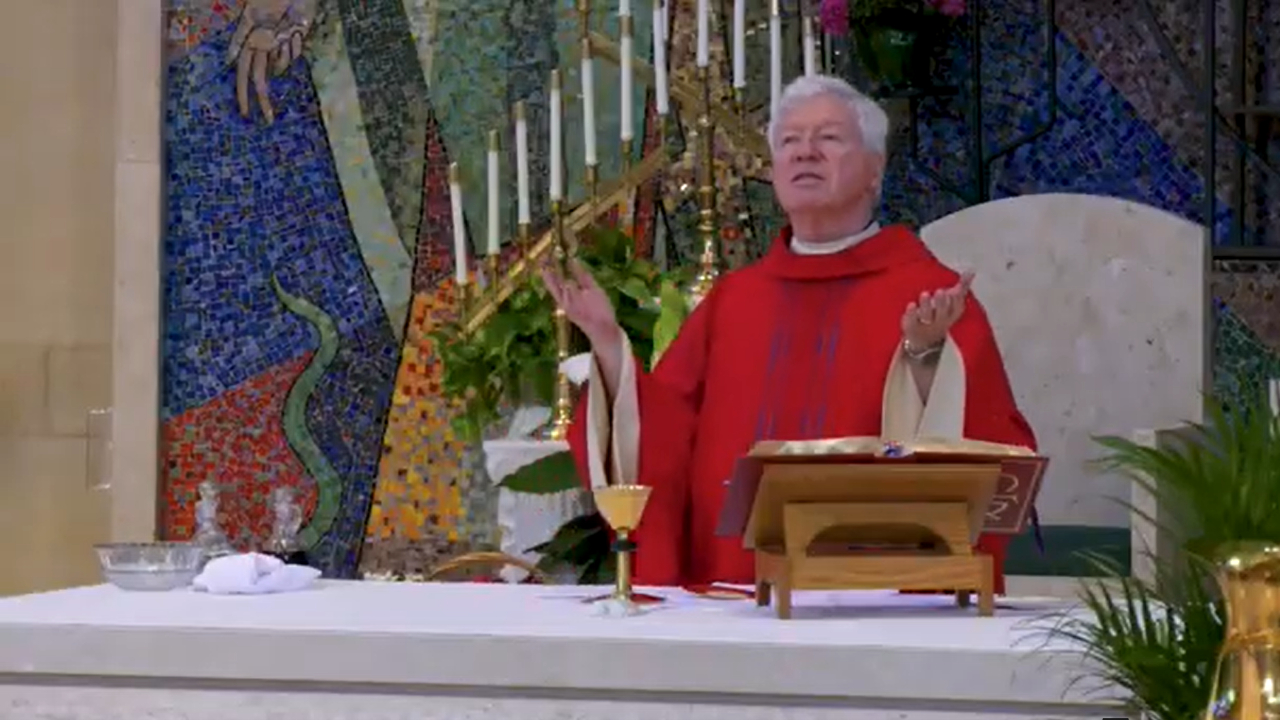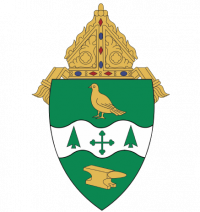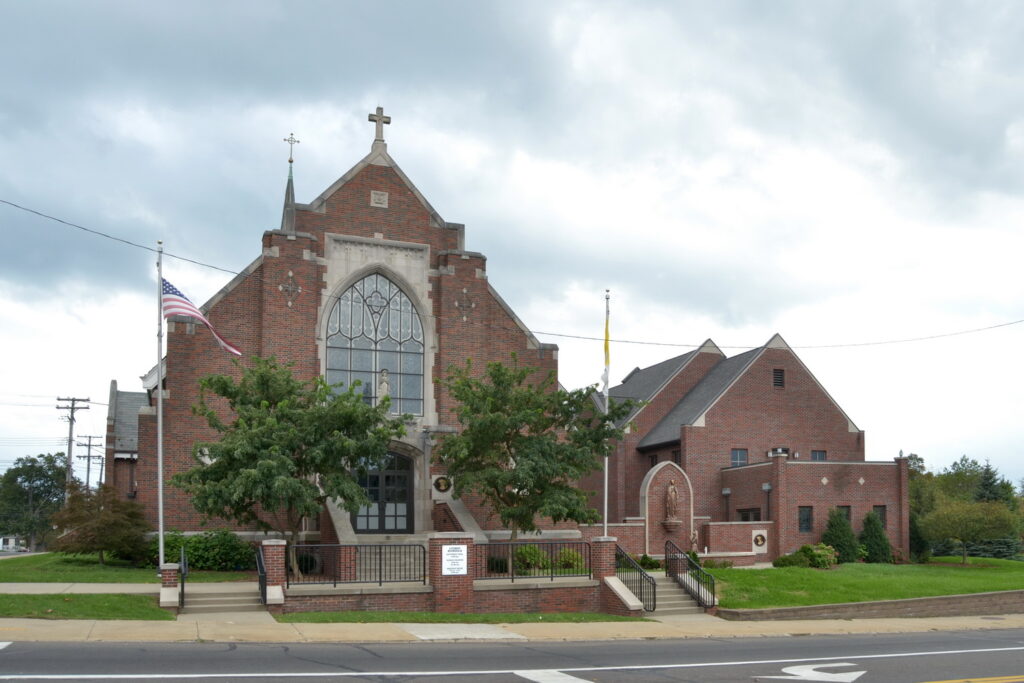
This year, Immaculate Conception Parish in Ravenna is celebrating its 170th anniversary. The parish can trace its history back to 1853, when a group of eight Catholic railroad workers living in Earlville, which is known today as Twin Lakes, began worshipping together. While not yet formally a parish, the fledgling congregation was tended to by Father Francis McGahan for about 18 months before the workers were moved to Ravenna, where the parish was officially established on November 9, 1854—seven years before the Civil War would begin.
For the next several years, the parish—lacking a proper church building—was visited by priests from the Diocese of Cleveland. The parish was grouped with Franklin Mills (now Kent) as an out-mission of the Cleveland Diocese, with the Ravenna congregation led by Father P.H. Brown, who celebrated Mass in the homes of worshippers while they raised funds for a church building. Under Father Brown’s leadership, the cornerstone of the original parish building was set on August 15, 1862, and completed that same year. It is not known when the church was fully completed, but in 1876, the mission was finally granted parish status and received its first dedicated pastor, Father J.D. Bowles.
Father Bowles oversaw a period of growth for the young parish, including the establishment of a parish school, consisting of two buildings, and the purchase of five acres of land for what would eventually become St. Mary’s Cemetery. The school’s first class consisted of 125 students and was staffed by lay teachers until 1887, when the Sisters of St. Dominic came from Caldwell, New Jersey, to teach.
The parish and school continued to grow over many decades, and, on Easter Sunday 1926, the final Mass was celebrated in the original church building. The church was demolished to make room for a larger building, which was completed in 1927 and dedicated on September 4 of that year by Cleveland Bishop Joseph Schrembs.
With the new church building completed, normal parish life resumed. In 1940, Father Leo Schlindwein (later named a Monsignor) became pastor of Immaculate Conception Parish, and under his watch the parish’s debt was paid off. Father Schlindwein ushered in another period of growth for the parish, overseeing several additions to the church over his 20-year pastorate, including a renovated sanctuary, new stained-glass windows and an expansion to the parish school, which was finished in 1952. The parish also constructed a rectory on the premises in 1956.
“Monsignor Shchlindwein was such a holy and beloved man,” said Father John-Michael Lavelle, the parish’s pastor from 2003 to 2013. “He actually died in poverty because he’d given all his money to the poor.”
No major additions or renovations were completed by the church in the following decades, though each pastor left his mark on the parish in his own way. The parish’s original wood altars were replaced with Italian marble in the 1960s, and in 1973, Father Francis Haidet built a parish hall for the community to utilize. Slight alterations were made in 1981 to the parish’s interior to accommodate Vatican II’s liturgical changes, and a mausoleum was added to the cemetery in 1985.
In 1993, the last Sister of St. Dominic left the parish school, nearly a century after the first of the sisters arrived, and the Ursuline Sisters took over teaching. The next long-term pastor of Immaculate Conception, Father John-Michael Lavelle, who is now the pastor at St. Michael Parish in Canfield and the diocesan Vicar for Missionary Discipleship, arrived in April 2003 and began renovating the rectory. It was eventually reconfigured into Marian Hall, another space with a kitchen and gathering area for parishioners to utilize for various ministries.
Due to declining enrollments, the parish school graduated its final class of eighth-graders in 2004. The southern section of the school was renamed the Monsignor Schlindwein Education Center and was repurposed as the parish’s religious education center. The northern section of the former school was eventually torn down to allow for more parking.

Father Lavelle’s pastorate brought many improvements to the parish as well. On December 8, 2004, Bishop Thomas Tobin joined Father Lavelle to consecrate the church’s new altar and celebrate the historic parish’s 150th anniversary. The next year, a new priest residence was constructed, and the church also underwent extensive renovations.
In 2013, the current pastor, Father William Kraynak, began his tenure. Since beginning his pastorate, Father Kraynak has emphasized a revitalization of the parish’s Rite of Christian Initiation of Adults (RCIA) program and has focused the parish’s ministerial efforts on individual and adult-centric programs. He has also overseen the renovation to increase handicap accessibility on the campus and repurpose parts of the parish’s former school building into spaces for meetings and events by the Knights of Columbus council, parish school of religion program and for groups from outside the parish.
Ravenna, like so many cities and towns in our diocese, has seen its population decline, as a lack of industry has driven young families south and west looking for work. But Father Kraynak still strives to appeal to young Catholics and families.
“I think it’s because our world nowadays is so unstable,” Father Kraynak said. “I think that [young Catholics] are looking for a sense of security, and a solid, traditional, Catholic environment gives them a sense of security, at least some spiritual sense of security.”
Despite these challenges, Father Kraynak aims to create a balance between evangelization efforts and catering to the needs of his parishioners, while leading the parish into the future. One of the ways he’s doing that is by emphasizing the need for parishioners to view themselves as members not only of their local Church, but of the diocese as a whole.
“What we as a parish and a diocese have to recognize is that we are part of a larger community,” he said. “When this parish was founded back in 1854, all the people were concerned about was this little community … in this day and age, we can’t afford that kind of parochial mentality. We have to be concerned and participate in what’s happening in our Portage County region, in our diocese, in the state of Ohio. We have to be involved in more of that.”
Father Kraynak said that he’s been very inspired by the way Immaculate Conception’s parishioners have embraced this need for greater cooperation throughout the entire Catholic community in order to sustain—and even grow—parish ministries, and he’s confident that this parish community will continue to thrive for many decades to come.
